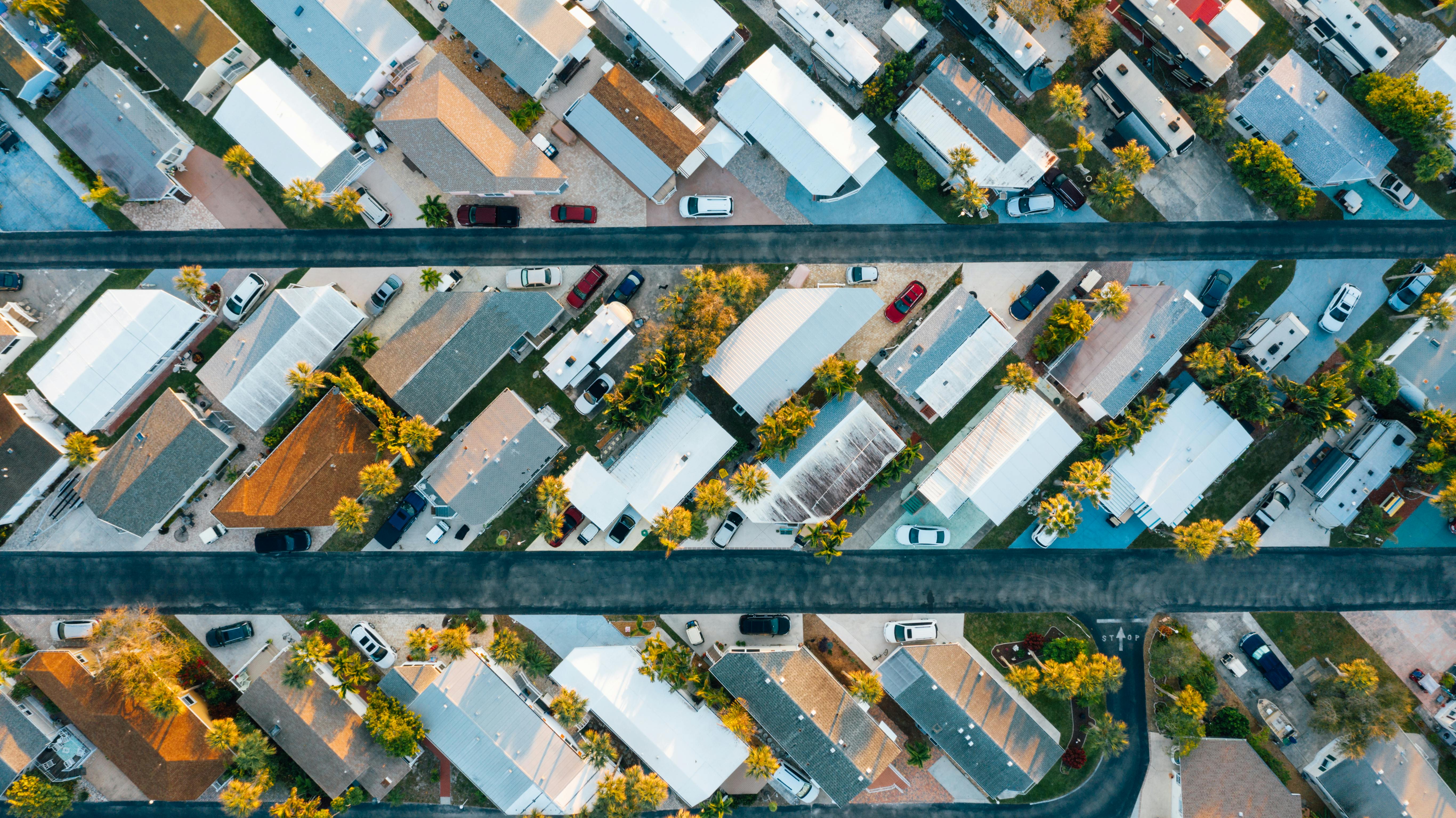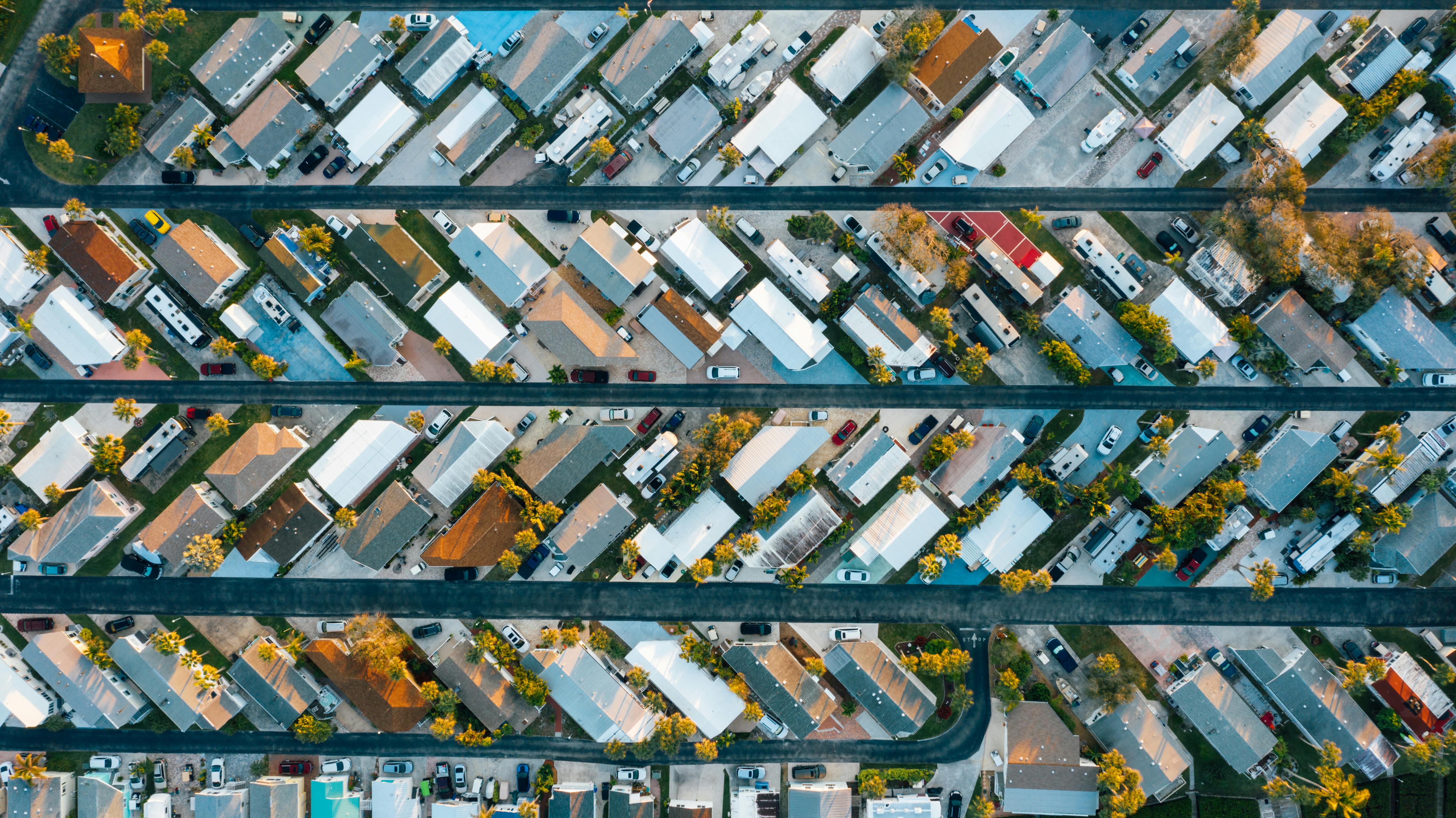
Mulch is an incredibly useful material when it comes to landscaping and gardening. Not only does it help improve soil health, suppress weeds, and retain moisture, but it also gives your garden a polished and finished look. But how much mulch do you need for a single yard? This article will answer that question by discussing how many bags of mulch are typically needed for a yard.A bag of mulch typically measures 3 cubic feet (about 40 pounds).
How Much Mulch Do You Need for a Yard?
Mulch is an important part of your landscape because it helps retain moisture, prevents weeds, and helps maintain soil stability. Knowing how much mulch to use in your yard will help you create a healthy and attractive landscape. There are several factors to consider when determining how much mulch you need for your yard, including the size of the area you are covering and the type of mulch you are using.
The first step in calculating how much mulch you need is to measure the area to be covered. Measure the length and width of the area and then multiply them together to determine the total square footage. Once you have determined the square footage of your yard, it is important to take into account any obstacles such as trees, rocks, or flower beds that may not need mulching. This will help reduce the amount of mulch needed.
Next, consider what type of mulch you are using. Different types of mulches require different amounts for coverage. For example, wood chips usually require about two inches of depth for proper coverage while shredded bark requires three inches for adequate coverage. It is also important to factor in any existing soil or vegetation that may already be present in order to determine an accurate amount of mulch needed.
Once you have considered all these factors, it’s time to calculate how much mulch you need for your yard. Most types of mulches should be applied at two or three inches deep depending on what type is used. To calculate how many cubic feet or cubic yards of mulch this requires, multiply your total square footage by 2 (for two inch depth) or 3 (for three inch depth). This will tell you how many cubic feet or yards are needed for proper coverage.
Finally, consider where you plan on buying your mulch from and what type they offer so that you can buy enough without overspending or having too little left over after the job is done. Many retailers sell mulches by the bag so be sure to check their sizing information before purchasing in order to get an accurate estimate on how much material will be needed for your project.
Knowing how much mulch you need for a yard can help create a healthy and attractive landscape while also helping avoid overspending on unnecessary materials. With a few simple calculations and considerations taken into account, it’s easy to determine just how much material is needed to achieve optimal results!
Organic Mulch
Organic mulch is the most popular type of mulch and it consists of natural materials such as bark, straw, hay, leaves, pine needles, grass clippings, and wood chips. It helps to conserve moisture in the soil by reducing water evaporation and it also helps to suppress weeds. Organic mulch will decompose over time which means that you will need to periodically replenish it.
Inorganic Mulch
Inorganic mulch is made from man-made products like rubber, plastic sheeting, or landscape fabric. This type of mulch is often used in areas where organic mulches are not suitable because they don’t decompose easily or quickly. Inorganic mulches last much longer than organic mulches but they don’t provide any nutrients to the soil.
Colored Mulches
Colored mulches are becoming increasingly popular for landscaping because they can add a nice aesthetic touch to your garden or yard. Colored mulches are usually made from recycled rubber tires or plastic and they come in a variety of colors such as reds, browns, blacks and blues. Colored mulches are also long lasting but they can fade over time and become unsightly if not maintained properly.
Living Mulches
Living mulches are plants that are grown between other plants in your garden or yard. This type of mulch provides many benefits such as helping to reduce water evaporation and providing nutrients for the soil that will help other plants grow better. Living mulches can be beneficial for your garden but they require more maintenance than other types of mulch because they need regular pruning and trimming to stay healthy and attractive.
How Much Does A Bag of Mulch Weigh?
The weight of a bag of mulch can vary greatly depending on the type of mulch and the brand. Organic mulches, such as wood chips, bark chips, or composted leaves, tend to be lighter than inorganic mulches like rocks or rubber. Generally, a bag of mulch weighs between 40 and 80 pounds (18-36 kg).
For example, a 2 cubic foot bag (around 56 liters) of organic mulch typically weighs 40-50 pounds (18-23 kg). Inorganic mulches like rubber tend to be heavier and a 2 cubic foot bag may weigh up to 80 pounds (36 kg).
When purchasing bags of mulch from a store or online, it is important to check the weight in the description. The total weight may be divided between multiple bags. Keep in mind that when transporting the bags from the store or delivery site to your garden, you will need adequate strength and resources as each bag may weigh up to 80 pounds (36 kg)!
In addition to weight, it is important to consider how much coverage one bag will provide. Manufacturers typically provide coverage information in square feet on the packaging so you can calculate how many bags you need for your garden project. For example, if a single bag covers 8 square feet (0.74 m2) then you would need 14 bags for 112 square feet (10.4 m2) of coverage.
What Is The Best Type of Mulch For A Yard?
Mulch is an important part of any yard or garden. It helps retain moisture, protects plants from extreme temperatures, and can even prevent weeds from taking over. There are many different types of mulch to choose from, so it can be difficult to determine which one is best for your yard. To help you decide, here are some of the most popular types of mulch and their benefits.
Organic Mulch
Organic mulches are made from natural materials such as leaves, grass clippings, wood chips, and bark. They decompose over time, adding nutrients to the soil as they break down. Organic mulches also help retain moisture in the soil and create a barrier against weeds. They are often more expensive than inorganic mulches but can last longer and provide more benefits for your plants.
Inorganic Mulch
Inorganic mulches are made from synthetic materials such as rubber or plastic. They don’t decompose like organic mulches do but have the advantage of lasting much longer without needing to be replaced. Inorganic mulches tend to be cheaper than organic ones but don’t provide as many nutrients for your plants or help retain moisture in the soil as well as organic mulches do.
Stone Mulch
Stone mulch is made up of small stones or pebbles that come in a variety of colors and sizes. It provides a clean, modern look to any landscape and is very easy to maintain – it doesn’t need to be replaced like other types of mulch do. Stone mulch also keeps soil temperature more consistent than other types of mulch do and prevents weeds from growing through it since it creates a barrier between the soil and sunlight that weeds need to grow. However, stone mulch can be quite expensive compared to other types of mulch and isn’t ideal for areas with heavy rainfall or strong winds since it can easily be washed away or blown away by strong gusts of wind.
Overall, there is no “one size fits all” answer when it comes to choosing the best type of mulch for your yard – each type has its own benefits and drawbacks that must be considered when deciding what kind will work best for you. Consider all your options carefully before making a decision so you can choose the right type for your needs!

Calculating the Number of Bags Needed For A Yard
If you are planning to buy bags of mulch, soil, gravel or other materials to cover your yard, it is important to calculate the number of bags needed in order to ensure you have enough material. This calculation will also help you determine how much the project will cost. The following steps will help you calculate the number of bags that you need for your yard project.
First, measure the area that needs to be covered. To do this, measure the length and width of the area in feet and multiply them together to get square footage. For example, if your area is 20 feet long and 12 feet wide, multiply 20 by 12 to get 240 square feet.
Next, determine how many bags are needed for each square foot of coverage. This will depend on the type of material being used as well as how thickly it needs to be spread. Generally speaking, one bag should cover about one square foot at a thickness of 1 inch. However, check with your supplier for exact coverage recommendations for their product.
Once you know how many bags are needed per square foot, multiply this number by the total number of square feet that need to be covered in order to get an estimate of how many bags are needed in total for your project. In our example above with 240 square feet needing coverage at 1 bag per square foot would require 240 bags total.
Finally, add an additional 10 percent cushion when ordering just in case there is any spillage or mistakes made during installation. This will ensure that you have enough material even if some goes astray during installation.
With these simple steps you can easily calculate how many bags are needed for a yard project and make sure you have enough material on hand when it comes time to start working on your project!
Calculating the Cost of Mulch for a Yard
Calculating the cost of mulch for a yard is an important part of landscaping. Mulch helps to retain moisture in the soil, reduce weeds, and give your yard a neat and tidy look. Knowing how much mulch you need and how much it will cost can help you budget properly and get the job done right.
The first step in calculating the cost of mulch for a yard is to determine what type and size of mulch you need. Different types of mulch, such as wood chips, shredded bark, straw, or compost, can have different prices depending on availability. Additionally, the size of the particles plays a role in pricing since larger particles can cover more area than smaller ones.
Once you have selected your type and size of mulch, you can begin to calculate how much it will cost. First, measure the area that needs to be covered by your mulch. This will help you determine how much material is needed so that you do not purchase too little or too much.
Next, calculate the depth at which you plan to spread your mulch. Generally speaking, most types of mulches should be applied at least two inches deep in order to be effective at controlling weeds and retaining moisture in the soil. This depth should also be taken into account when calculating how much material is needed for your project.
Once you have determined both the area that needs to be covered and the desired depth of coverage, it’s time to calculate how many cubic yards or bags of mulch are needed for your project. A cubic yard is equivalent to 27 cubic feet or 9x9x3 feet (length x width x depth). To convert this into bags of mulch, use this simple formula: number of bags = (cubic yards x 27) / 2 (for two-cubic-foot bags).
Finally, multiply this number by the price per bag or cubic yard at your local garden center or landscape supplier to get an accurate estimate for what it will cost to purchase enough material for your project.
By following these steps and doing some simple calculations ahead of time, you can properly estimate what it will cost to purchase enough mulch for your yard project without overspending on materials or running short halfway through installation!
How to Buy The Right Amount Of Mulch For A Yard?
Mulch is an important component of a well-maintained landscape. It helps retain moisture in the soil, prevents weeds from growing, and adds a decorative touch to your garden. When purchasing mulch for your yard, it is important to buy the right amount. Knowing how much mulch you need can help you save time and money.
The first step in purchasing mulch for your yard is to measure the area where you will be placing it. Measure the length and width of the space and multiply those two numbers together to get the square footage of the area. This number will tell you how much mulch you need to buy.
Once you know how much mulch you need for your project, it’s time to decide what type of mulch is best for your yard. There are many types of mulches available, including wood chips, straw, rubber chips, and more. Consider which type will work best for your climate and soil type before making a purchase.
The last step in purchasing the right amount of mulch for your yard is determining how deep it should be spread. Generally, two or three inches is sufficient for most projects. If you are using wood chips or straw as mulch, it’s best to spread it four inches deep so that it can provide better insulation against extreme temperatures.
Buying the right amount of mulch for your yard doesn’t have to be a difficult task. By measuring the area where you plan on placing it and determining which type works best for your climate and soil type, you can easily purchase enough mulch for any size project.

Conclusion
The amount of mulch you need to cover a yard depends on a variety of factors, such as the size of the yard, the type of mulch you choose, and your desired coverage rate. Generally speaking, it takes around 2 cubic yards, or 13-14 bags, of mulch to cover a 1,000 square foot area. To ensure you have enough mulch for your yard project, it’s important to calculate the area and determine how much mulch you need before purchasing.
No matter what type of mulch you choose to use in your yard project, having an accurate estimate of how much material is needed will save time and money. With the right calculations and proper planning, you can easily determine how many bags of mulch are needed to complete your yard project.





